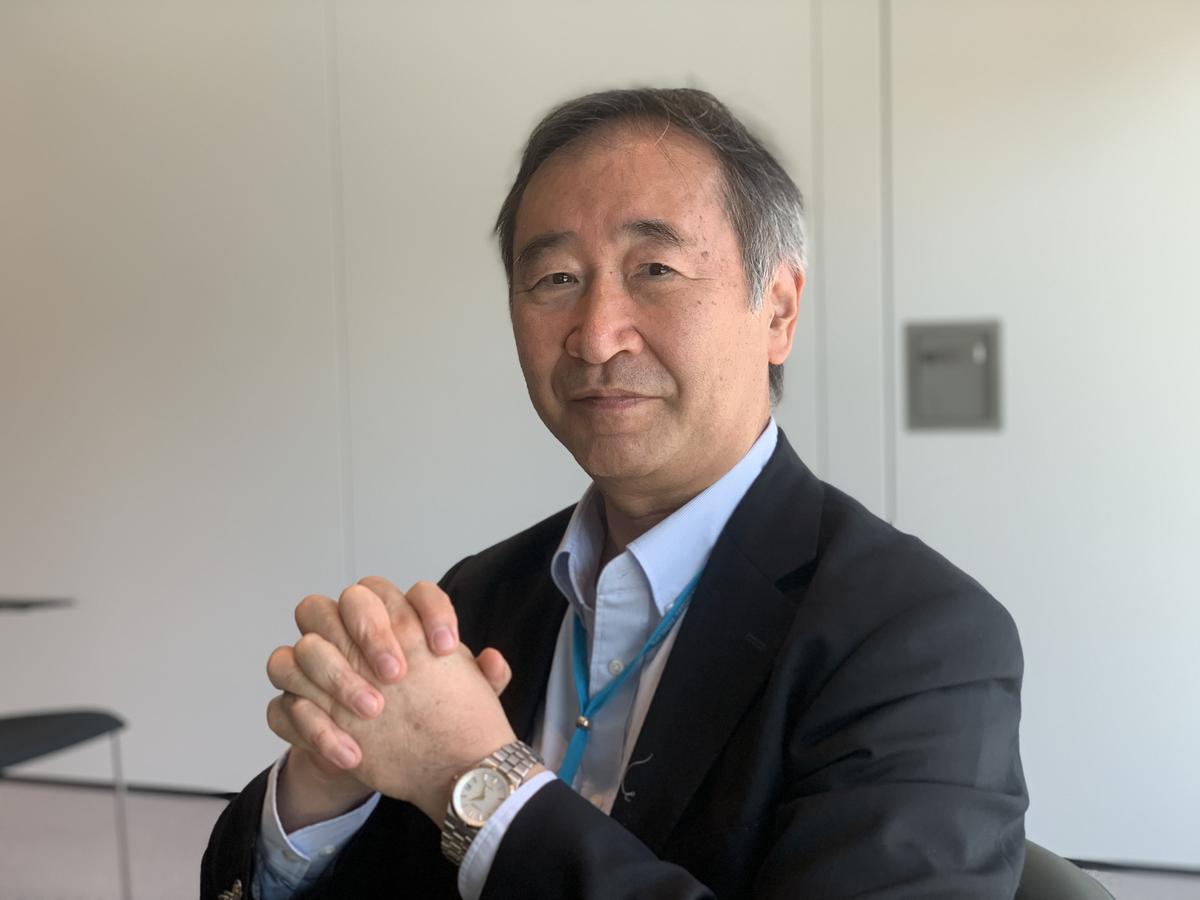If the obstacle-ridden India-based Neutrino Observatory (INO) ever becomes a reality, it will be one of the largest basic science projects in the country. Nobel laureate and neutrino researcher Takaaki Kajita is convinced that the proposed underground laboratory is still worth fighting for.
Neutrinos are abundant particles that may be relevant to our understanding of the origin of matter in the universe. About 60 years ago, historic science experiments inside a goldmine in Kolar, Karnataka, would lead to the 1965 discovery of atmospheric neutrinos. This was a collaboration between Indian, Japanese and British scientists.
Awakened to the potential of neutrino research, Japan continued with experiments on — or rather, under — their soil, in the underground Kamioka Observatory situated under Mount Ikeno. This was where Masatoshi Koshiba’s team would discover cosmic neutrinos in the late 1980s. Subsequently, Japan decided to establish a dedicated neutrino observatory, Super-Kamiokande, which began operation in 1996. In 2002, Koshiba won a Nobel Prize for his contributions.
Indian scientists had no intention of being left behind. Though the original experiments had to end in 1992 due to the closure of the goldmines in Kolar, plans to build our own observatory were already underway. After extensive deliberations, a proposal was drawn and in 2011, the Indian government announced its intention to set aside about ₹1,350 crores for an India-based Neutrino Observatory, which would be situated 1.3 km underground in Tamil Nadu. Over a decade later, there has been no progress. Today, the fate of INO is uncertain.
Meanwhile, Japanese researchers received the first evidence for a phenomenon called neutrino oscillation within a year of the Super-Kamiokande. This discovery would go on to (jointly) win Koshiba’s student Takaaki Kajita, another Nobel in 2015.
Having spent his entire research career in his home country of Japan, Takaaki Kajita is a living example of how much is to be gained by having a neutrino laboratory close to home. “We can easily access the laboratory and the detector is nearby,” he said, in an interview with this reporter during the 73rd Lindau Nobel Laureate Meeting which concluded on July 5.
Two of the main reasons for opposition to INO are adverse environmental impacts and the fear of radioactivity. This is despite INO scientists repeatedly stating that the observatory would be located a kilometre underground and hence would have minimal impact on wildlife and the ecosystem. What about radioactivity? “The experiment will neither produce any radioactivity nor can it function well where there is radiation,” they point out on INO’s website. The whole point of housing the detector underground is to protect it from the natural radiation that hits the surface of Earth.
According to Kajita, the Japanese project did not face as much opposition. “We decided to construct the detector in an active mine, so there was no need for additional excavation,” he pointed out. Besides, the original experiment was designed to search not for neutrinos but for a hypothetical phenomenon called proton decay. “That was nothing to do with radiation,” he said.
The biggest stroke of luck for the Japanese neutrino scientists was the timing of a supernova that was observed in February 1987. The Supernova 1987A happened while the Kamiokande-II detector was online, leading to the discovery of cosmic neutrinos by the team led by Koshiba. “This had a great impact. People suddenly knew neutrinos, and had only a good image about them,” said Kajita, who was Koshiba’s PhD student.
A neutrino observatory at home is envisioned to give the Indian scientific community, including students of particle physics, the opportunity to work with a world-class detector without needing to travel outside national borders. Back in the 1980s, the young Kajita greatly benefited from this privilege. He recalled the excitement during the construction of the Kamiokande detector. “It’s the young postdocs involved in the Kamiokande and Super Kamiokande experiments who first saw and analysed the data,” he said.
Today, the Super-Kamiokande facility continues to train new generations of particle physicists. While some of them secure positions abroad, many choose to stay back in Japan. After he won his Nobel in 2015, Kajita himself declined invitations to take up new positions in other countries. “As an experimental physicist, it is very important that I am near the detector,” he explained.
Aware of the setbacks his Indian colleagues have suffered, Kajita insists that the INO dream is worth salvaging. “It may be a bit late to start the construction of the detector, but it is very important to continue working towards an underground lab. There are a lot of things [yet] to be done [in the field of neutrino physics].”
(Nandita Jayaraj is a freelance science writer and co-author of Lab Hopping: A Journey to Find India’s Women in Science)
month
Please support quality journalism.
Please support quality journalism.

Dr. Sarah Adams is a scientist and science communicator who makes complex topics accessible to all. Her articles explore breakthroughs in various scientific disciplines, from space exploration to cutting-edge research.







